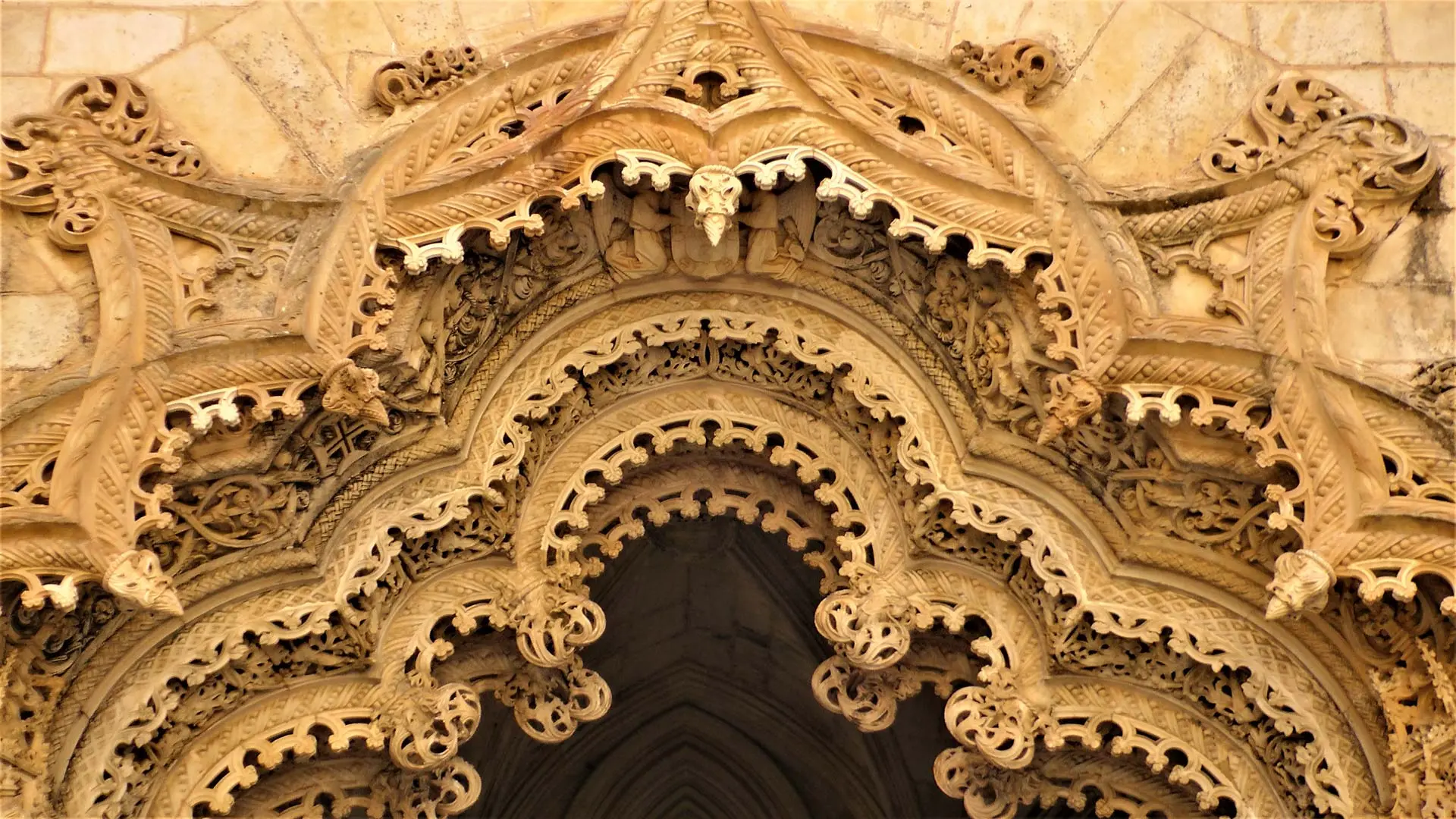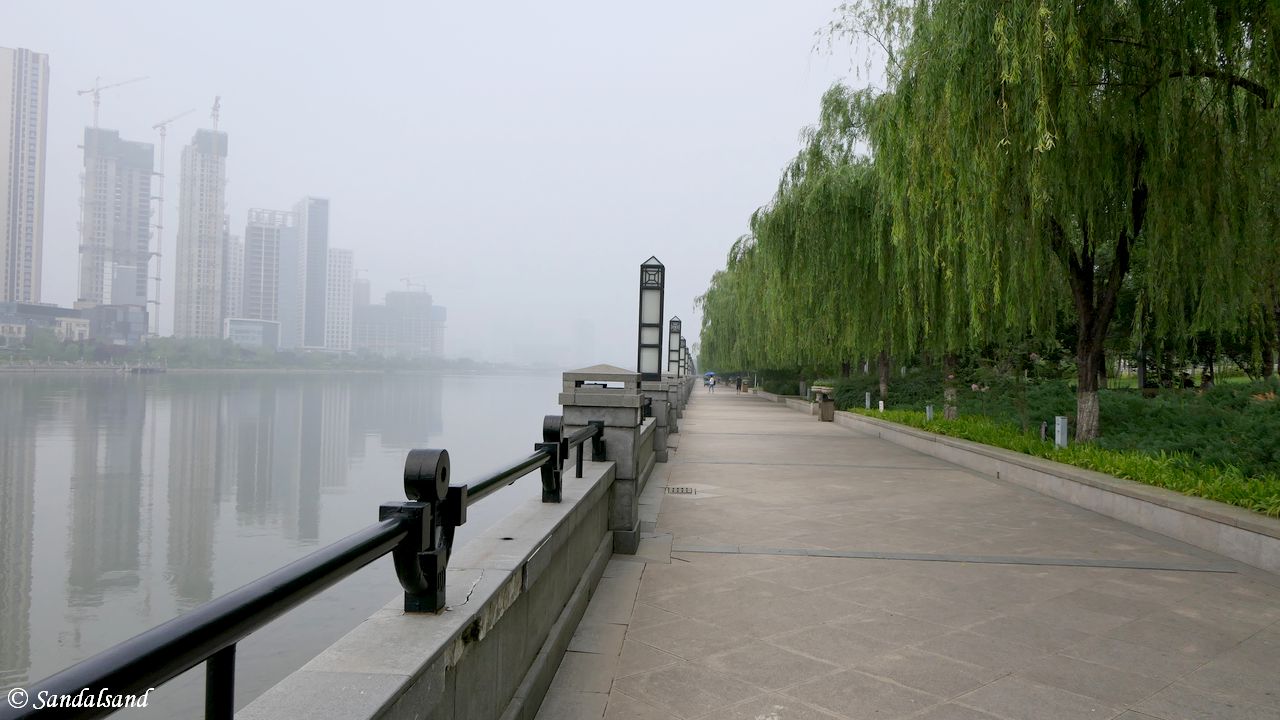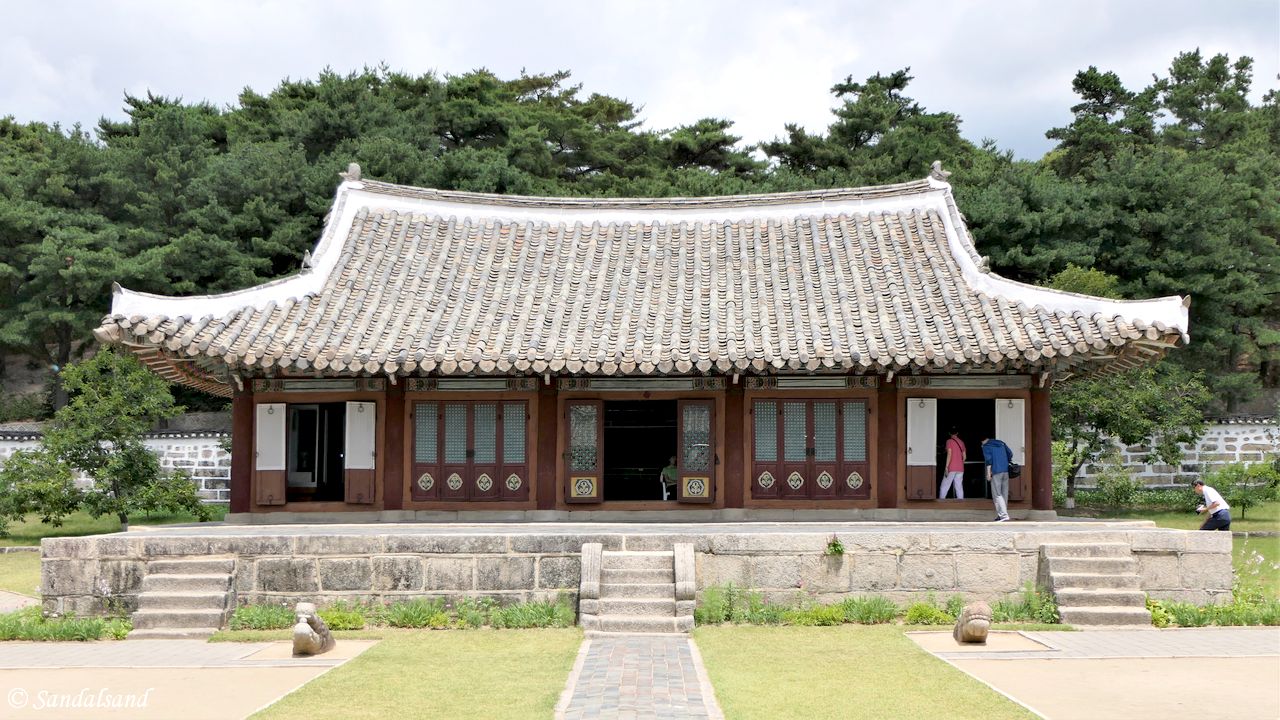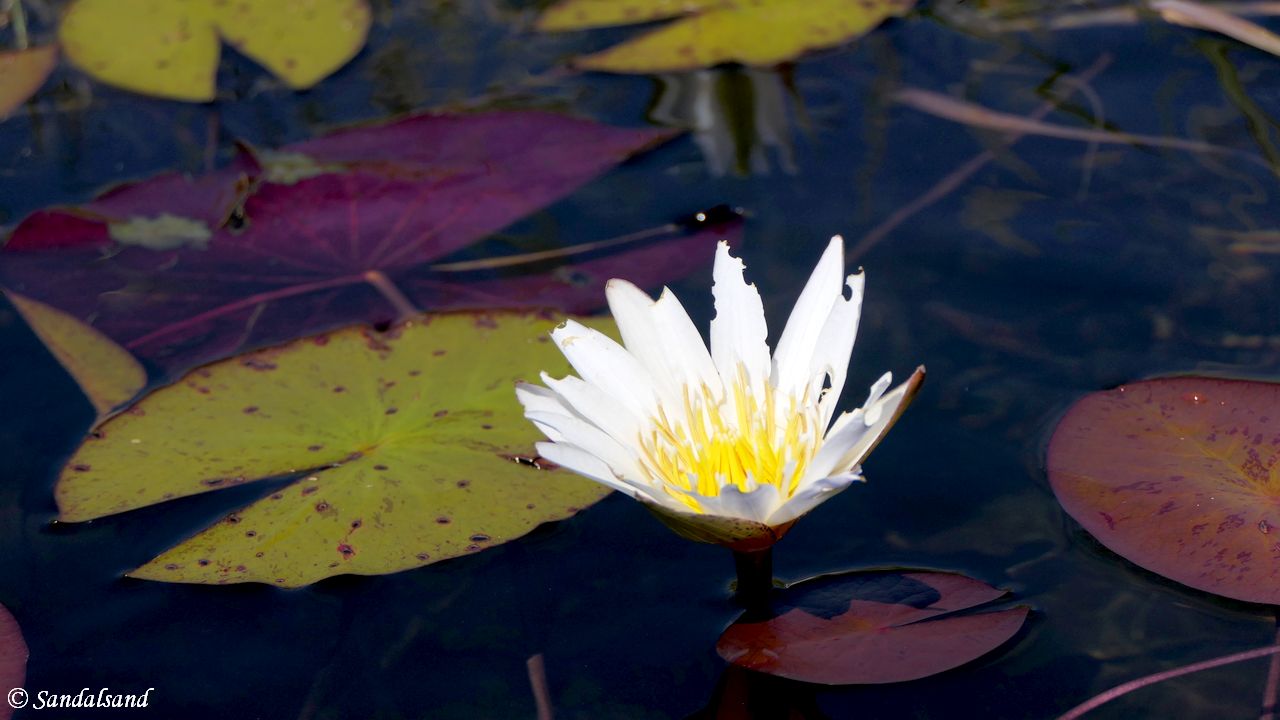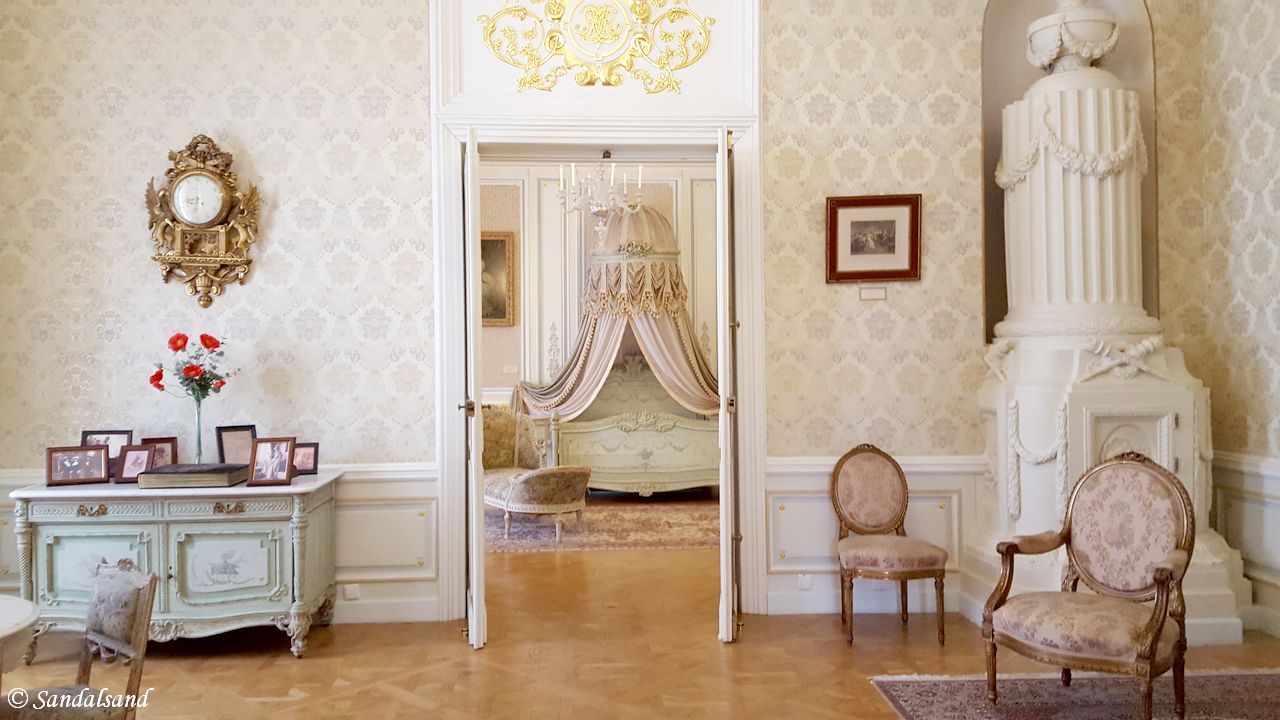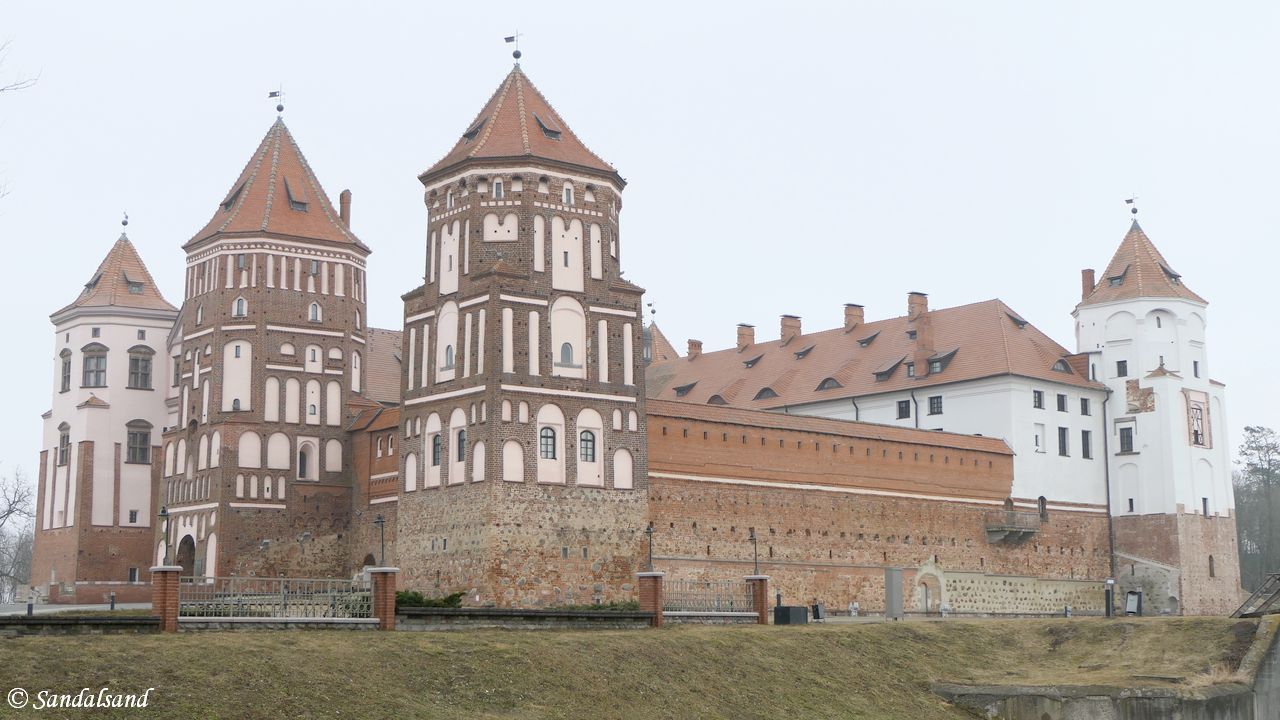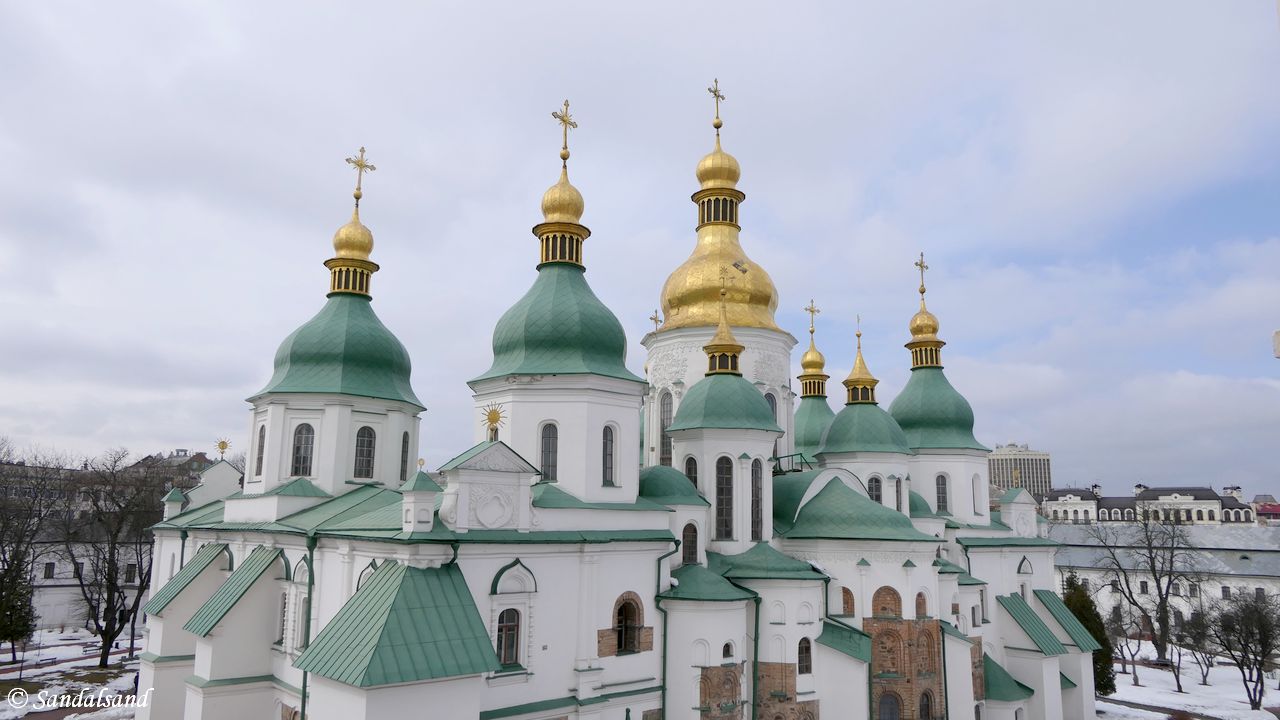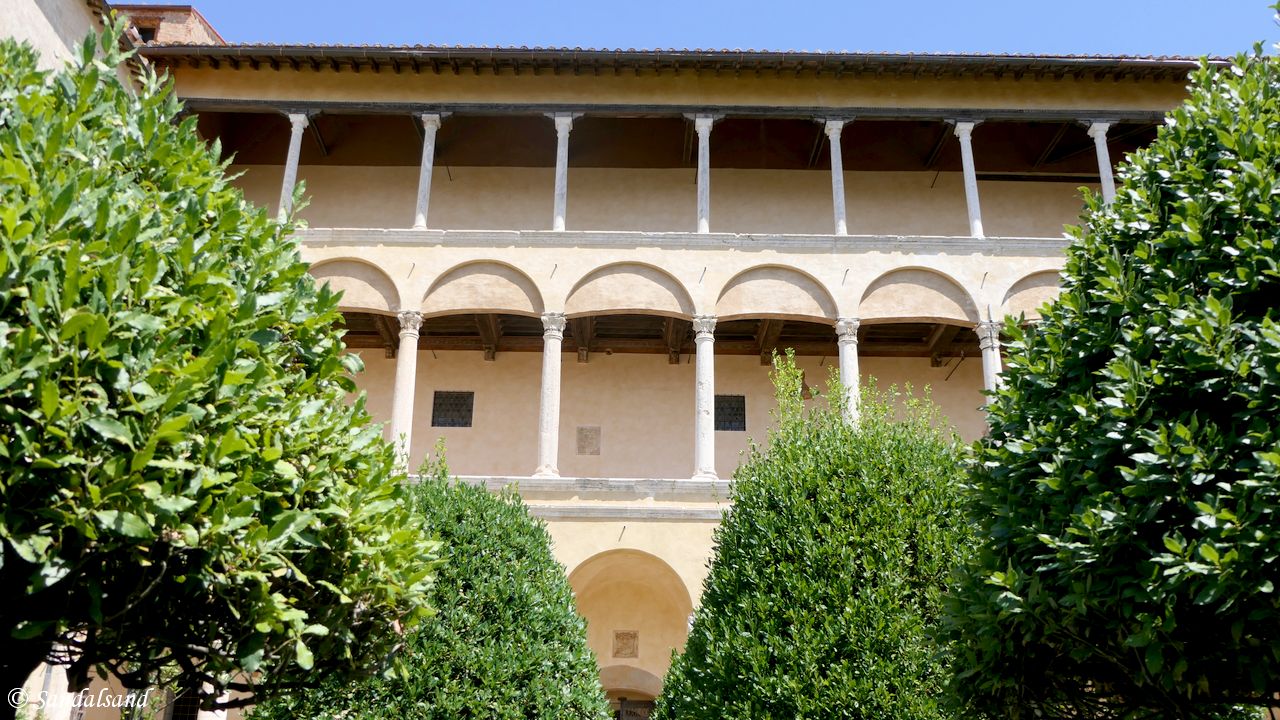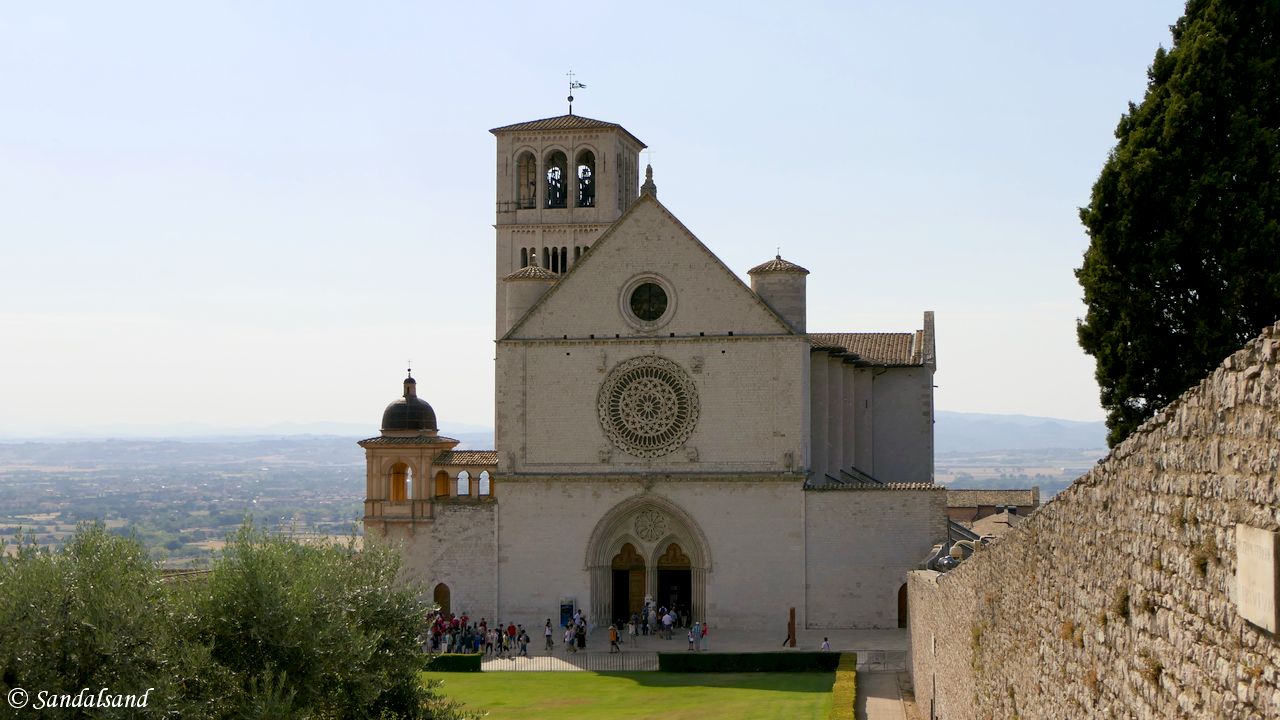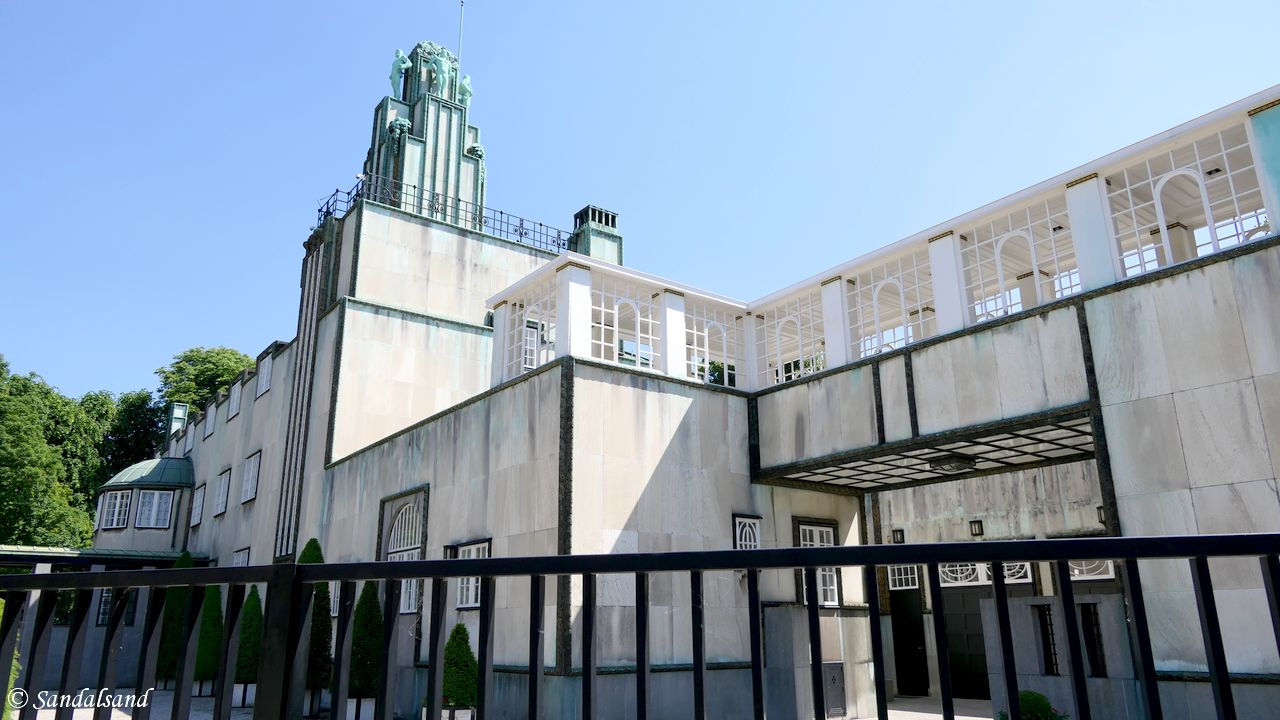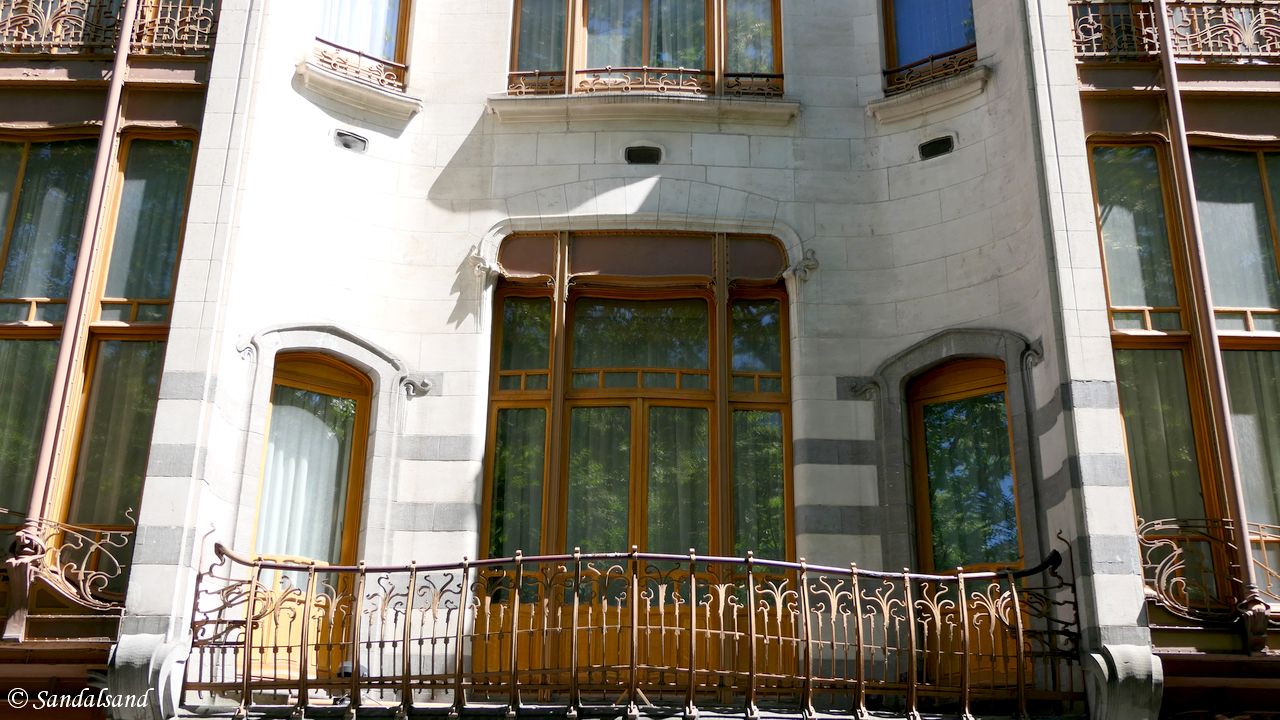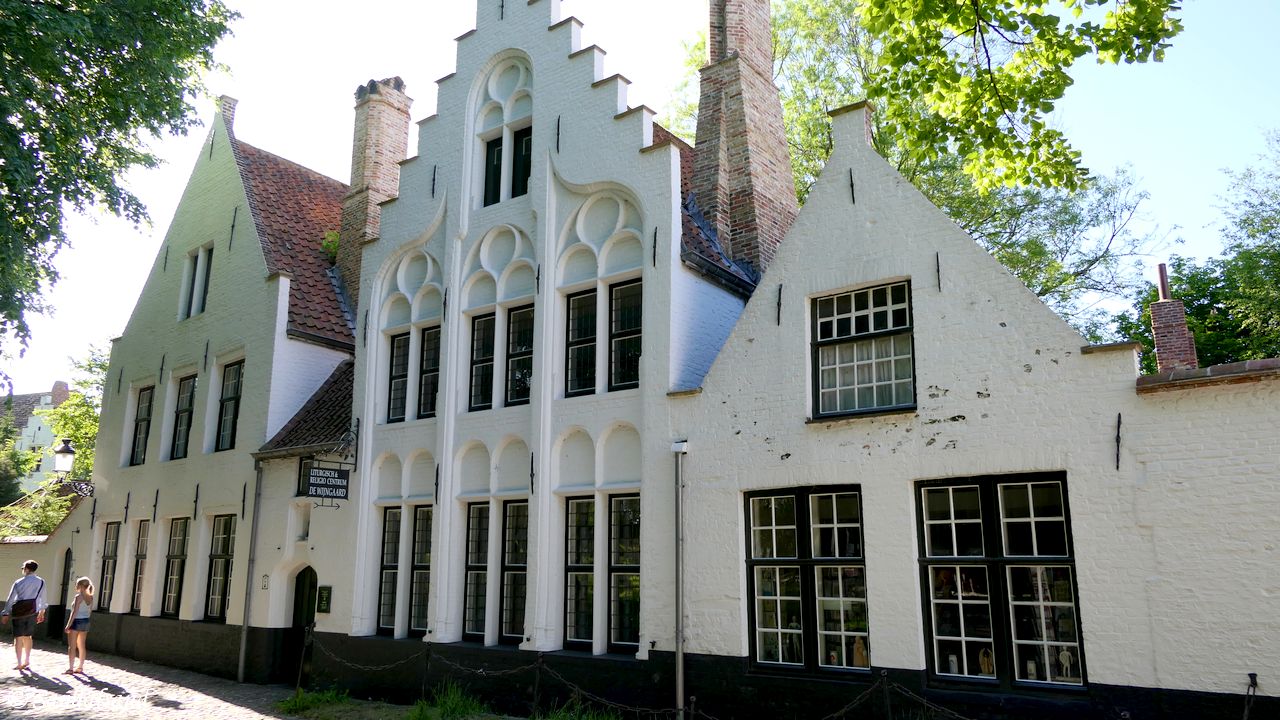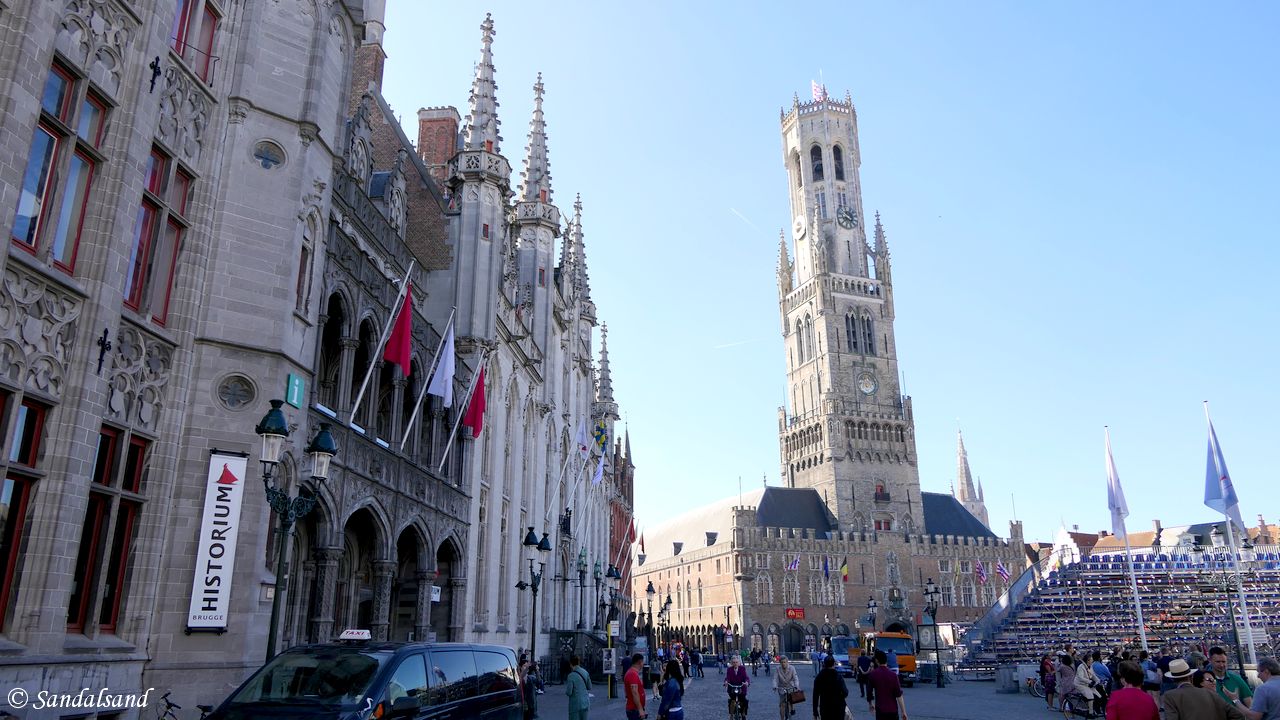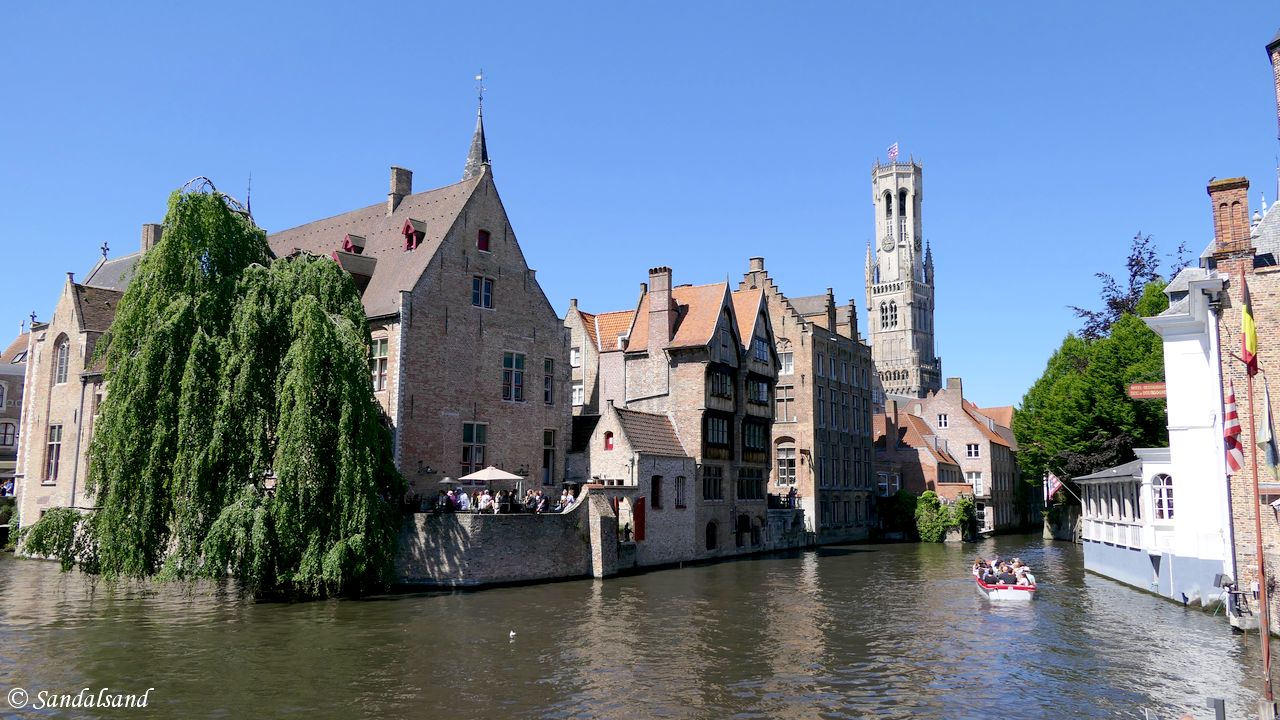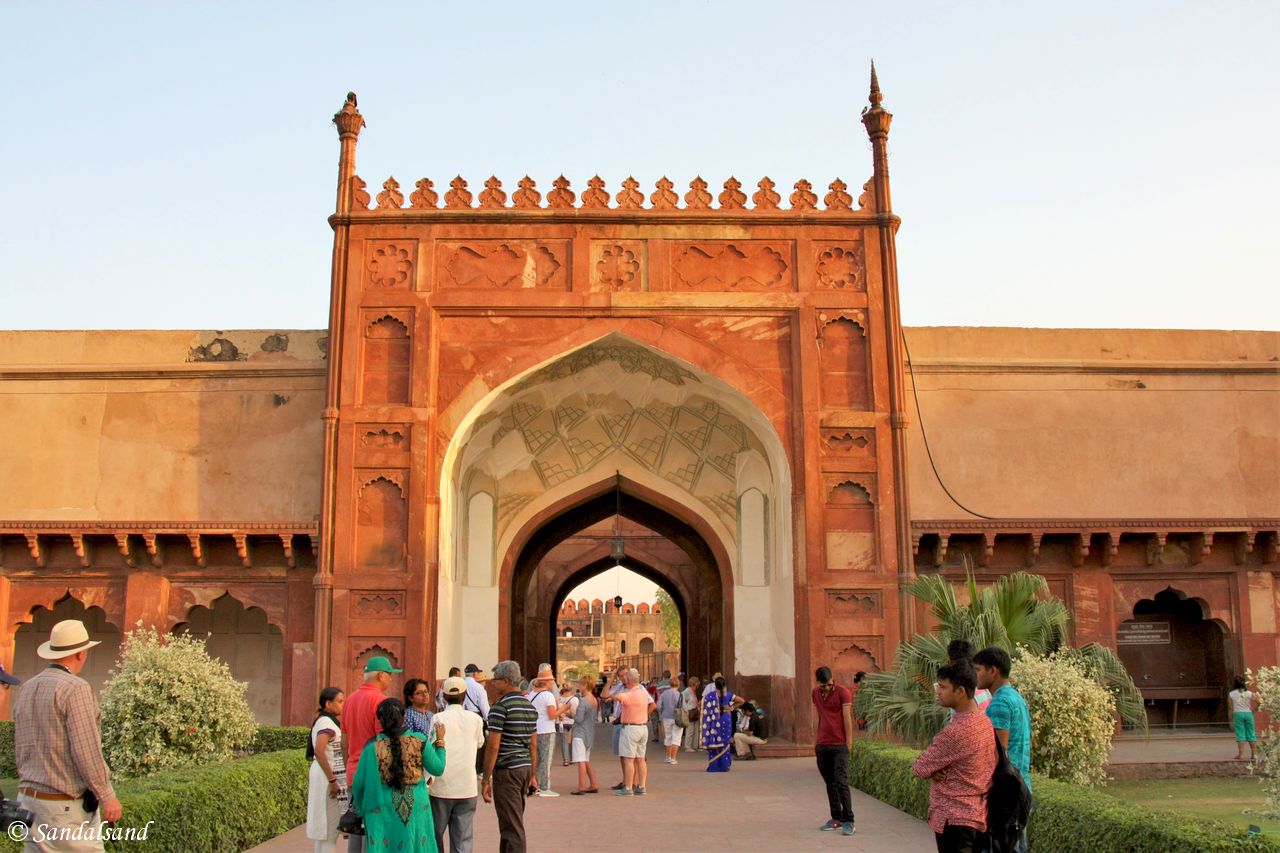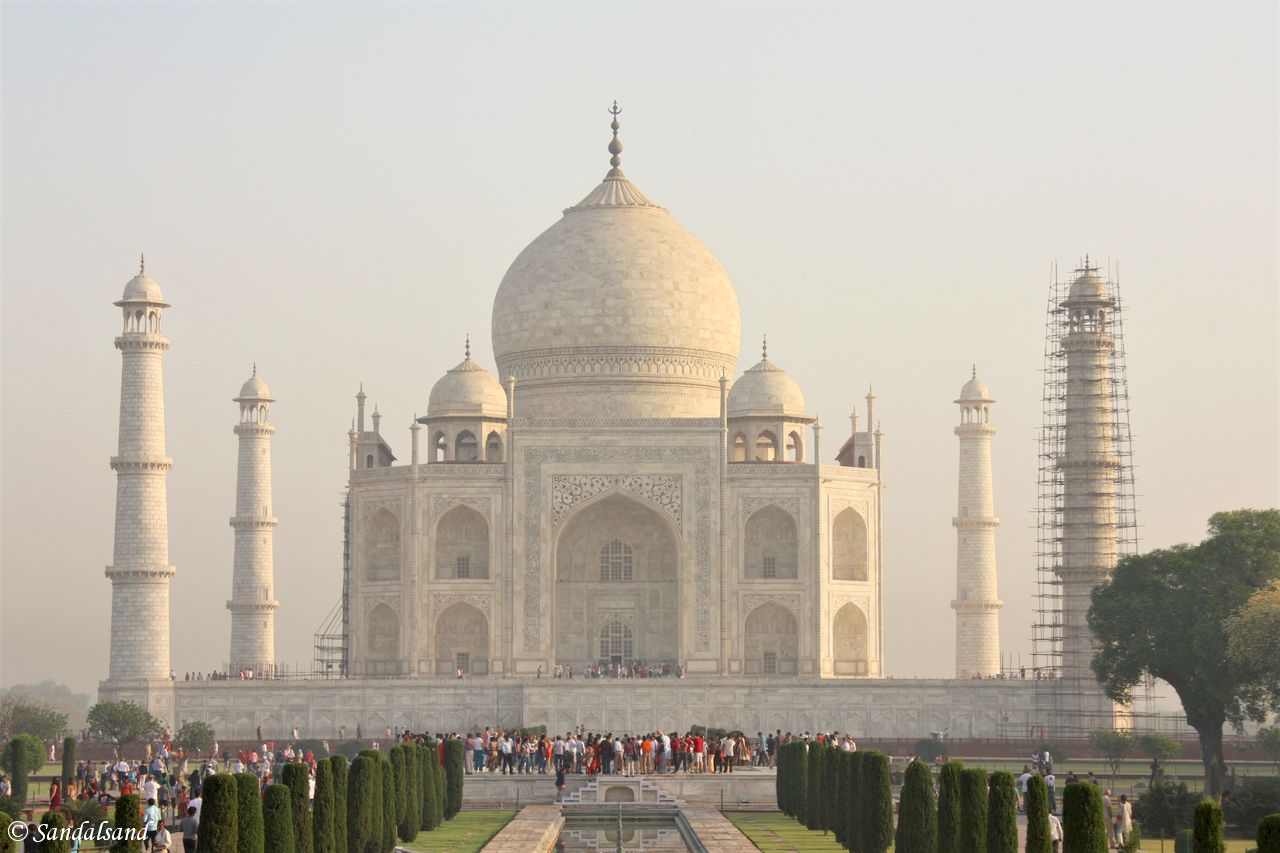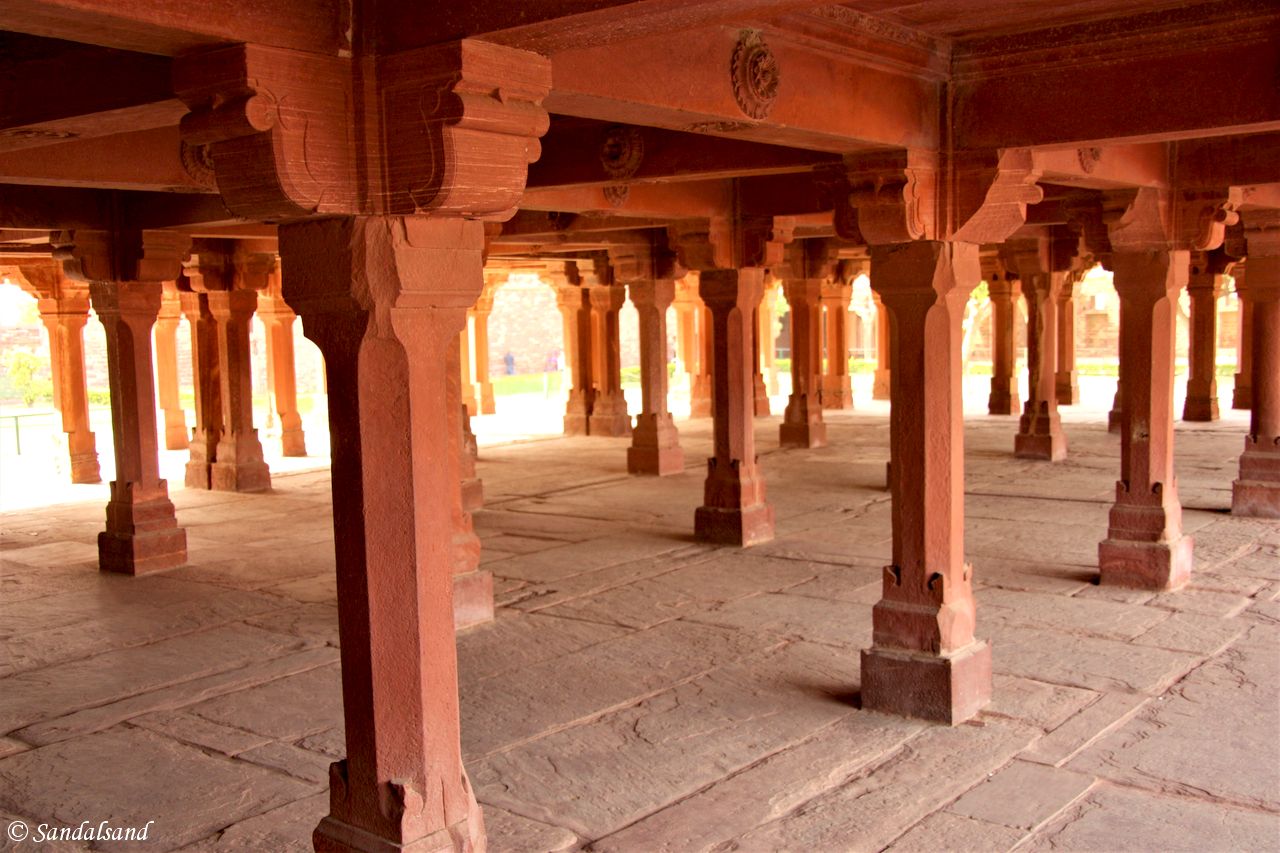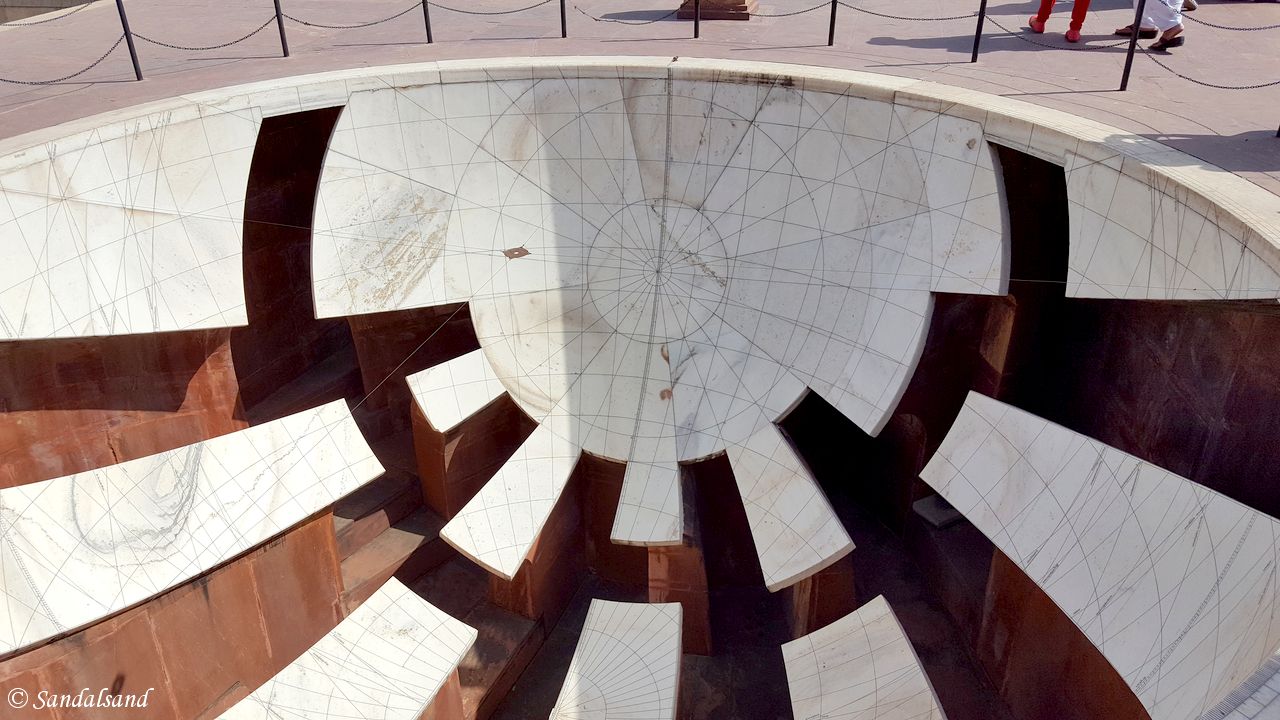World Heritage Sites
The UNESCO World Heritage List includes more than a thousand properties of outstanding universal value. They are all part of the world’s cultural and natural heritage.
UNESCO’s World Heritage Centre is responsible for the World Heritage List. The first inscription was in 1978. Since then UNESCO has developed the criteria and added an average of 20-30 sites each year.
It includes 1,199 sites in 168 “States Parties” (countries). A site is categorised as cultural heritage (933 sites), natural (227) or a mix of the two (39 sites).
On this page you will get to learn more about the heritage sites and where they are. Moreover, Sandalsand’s large collection comes on display. The reader will get a four-way path into this collection. First, on a map. Second, in a table. Third, in a video.
Fourth and last, but not least, there are links to articles on Sandalsand which describe each visited site.
The featured illustration with intricate carvings, is a detail from the Monastery of Batalha, Portugal.
About
Thoughts
Regions
Videos
Map
Table
Posts
About the World Heritage Sites
Properties on the World Heritage List, must (a) be of outstanding universal value and (b) meet at least one of the ten selection criteria. There are six for cultural sites and four for natural sites.
Culture
(i) to represent a masterpiece of human creative genius;
(ii) to exhibit an important interchange of human values, over a span of time or within a cultural area of the world, on developments in architecture or technology, monumental arts, town-planning or landscape design;
(iii) to bear a unique or at least exceptional testimony to a cultural tradition or to a civilisation which is living or which has disappeared;
(iv) to be an outstanding example of a type of building, architectural or technological ensemble or landscape which illustrates (a) significant stage(s) in human history;
(v) to be an outstanding example of a traditional human settlement, land-use, or sea-use which is representative of a culture (or cultures), or human interaction with the environment especially when it has become vulnerable under the impact of irreversible change;
(vi) to be directly or tangibly associated with events or living traditions, with ideas, or with beliefs, with artistic and literary works of outstanding universal significance. (The Committee considers that this criterion should preferably be used in conjunction with other criteria);
Nature
(vii) to contain superlative natural phenomena or areas of exceptional natural beauty and aesthetic importance;
(viii) to be outstanding examples representing major stages of earth’s history, including the record of life, significant on-going geological processes in the development of landforms, or significant geomorphic or physiographic features;
(ix) to be outstanding examples representing significant on-going ecological and biological processes in the evolution and development of terrestrial, fresh water, coastal and marine ecosystems and communities of plants and animals;
(x) to contain the most important and significant natural habitats for in-situ conservation of biological diversity, including those containing threatened species of outstanding universal value from the point of view of science or conservation.
Some thoughts
Some sites have been removed from the list. There have been controversies between the WHC and a country relating to the future development of the site (like a particular bridge in Germany). Other removals have been obvious because the criteria are no longer met (such as the extinction of a particular bird in Oman).
UNESCO’s sign is found on many World Heritage Sites. The one pictured here is from Bryggen, in Bergen, Norway.

With these cases in mind, one should note that the WHC operates a list of 56 properties in danger (2023). An inscription on the World Heritage List is generally regarded as an honorary tribute. It will also boost both commercial and preservation activities in or at the site.
Step one is to raise an awareness worldwide to the importance of preserving these sites for future generations. The next step is to do something about it, in other words to set up a conservation plan for the site. The final step is to live by it. These are very demanding tasks for all parties, and there are undoubtedly both economic and culture factors at play here.
Relative distribution of sites
When we look at the full site map, we immediately notice the prevalence of sites in Europe. Nonetheless, almost the entire world is covered. That is actually no little achievement for the world community.
The following illustrations follow the WHC categorisation of world regions and show the relative distribution of sites between them. All WHC sites are the basis of this statistics.
%
Arab States
%
Africa
%
Latin America and the Caribbean
%
Asia and the Pacific
%
Europe and North America
Sites on a map
Drag and zoom on the map below to find sites visited by Sandalsand in more detail. Click on a marker to reveal the name and open the article about it. You will find the same links further down this page. Find all WHC sites on another Sandalsand map.
I have had my doubts what to do with Liverpool. It was once a World Heritage Site, but was delisted by UNESCO following a controversy with the city authorities. It is my hope it will be re-enlisted some time in the near future, so I have kept the article. However, I removed it from this map as well as the table below.
Sites in a table
Here are the same sites in a table but with less information compared to the map markers above. Show more rows at a time, sort the table as you like, or search for a specific term. Click on a link to open that particular post.
Sites in 65 countries
It could be that “heritage tourism” is spreading along with the eco-tourism trend. Sandalsand has only in later years become conscious of it.
It was never my idea to become a collector of heritage sites, but I have nonetheless been to a large number. In recent years I have become more intent to visit a “world heritage” when I travel. I suppose that may be one of the purposes of such an official list in the first place.
In any case, I am not satisfied that I visited the pleasant town of Weimar in Germany without exploring the examples of Bauhaus architecture. Likewise, I went to the town of Pécs in Hungary without a look at the Early Christian Necropolis. (To my possible excuse: Neither of them was on the List at the time of my visit.)
Sandalsand’s list is a representative summary of UNESCO’s. It covers the world, and the majority are in Europe. Also, it features sites in both (all) categories: 182 cultural, 12 natural, and 5 combined sites.
Read about each site in separate articles. They include:
- The official and my personal descriptions of the site
- A link to the official UNESCO web page
- My photographs or video
- A link to the article(s) describing the context of my visit(s)
The articles offer short introductions to fabulous destinations around the world. Enjoy!
Here they are, the World Heritage Sites visited by Sandalsand. In my view, they are all lovely destinations.
World Heritage #1319 – Joseon Dynasty tombs
Royal burial tombs have a five thousand years history in Korea. 40 royal tombs of the Joseon Dynasty are designated as world heritage, and I had the...
World Heritage #0738 – Jongmyo Shrine
There is an atmosphere of calmness and eternity spreading out beneath the tall trees in the large Jongmyo Shrine complex in central Seoul. The...
World Heritage #0816 – Changdeokgung
The Changdeokgung Palace Complex is one of the five "grand palaces" in Seoul. It was originally constructed more than 600 years ago. The UNESCO...
World Heritage #1443 – The Grand Canal
The longest and oldest canal in the world is certainly worth a place on the World Heritage List. The Grand Canal stretches from Beijing in the north...
World Heritage #1278 – Kaesong
The historic monuments and sites in Kaesong reminds us of the foundation and development of the Koryo Dynasty. It established the first unified...
World Heritage #0509 – Victoria Falls
The Mosi-oa-Tunya / Victoria Falls is spectacular and overwhelming. And wet. This was an exciting grand finale of a wonderful safari in Southern...
World Heritage #1432 – Okavango Delta
The Okavango delta is the world's largest inland delta. Unlike other deltas it does not empty into an ocean. Water just drains in the desert or...
World Heritage #1430 – Namib Sand Sea
The Namib Sand Sea is huge and contains some of the world's tallest sand dunes. It beckons us into hidden valleys. For these and more reasons it is...
World Heritage #0583 – Suomenlinna
Now a museum, the fortress of Suomenlinna was the largest naval fortress ever in the Nordic countries. It offers more than 200 years of military...
World Heritage #1196 – The Nesvizh Palace
The Nesvizh Palace is the most beautiful palace in Belarus. It seems clear that its diverse architecture and attractive gardens make it one of the...
World Heritage #0625 – Mir Castle Complex
A walk around the walls of the Mir Castle Complex in Belarus, reveals its turbulent history throughout the centuries. The inside offers a restored...
World Heritage #0527 – Religious monuments in Kyiv
There are many religious monuments in Kyiv, a city with high, gilded, dome-shaped church spires. Some of them belong to the two very important...
World Heritage #0789 – Pienza
Tuscany is full of picturesque old cities awaiting to be explored - and tourists are not hesitant to do so. The Historic Centre of the City of...
World Heritage #0990 – Assisi
The magnificent basilica dominating the north-west part of the hillside town of Assisi is accompanied by four less important religious sites close...
World Heritage #1298 – Stoclet House
In 1911 a luxurious home to a wealthy banker and art collector, the Stoclet House, was finished. It spared no costs in its richly decorated exterior...
World Heritage #1005 – Horta’s town houses
It is such a pity with heritage sites that you can't actually visit and discover the true reason why they are on the list. Horta's four town houses...
World Heritage #0855 – Flemish Béguinages
Learn about the Flemish Béguinages. The white-coloured houses around a tranquil convent garden with high trees in the middle sends you mentally...
World Heritage #0943 – Belfries of Belgium and France
This serial heritage site, Belfries of Belgium and France, consists of 33 belfries scattered across both regions of Belgium and 23 in Northern...
World Heritage #0996 – Brugge
The historic centre of Brugge (or Bruges in English and French) is charming and picture postcard perfect. There is so much to see, discover, learn...
World Heritage #0251 – Agra Fort
Judging by the entrance visitors usually are led through, the monumental Amar Singh Gate, the Agra Fort is undoubtedly a fortress. It even has a...
World Heritage #0252 – Taj Mahal
Built as a monument to the undying love and affection the emperor Shah Jahan had for his second wife, the Taj Mahal is one of the world's most...
World Heritage #0255 – Fatehpur Sikri
Imagine what the Mughal emperors of India did at Fatehpur Sikri. They spent 15 years planning and building a brand new capital, only to abandon it...
World Heritage #1605 – Jaipur City, Rajasthan
Jaipur City is unlike other medieval cities of the region. It was deliberately planned as a new city on the plains. Jaipur was meant to be open for...
World Heritage #1338 – The Jantar Mantar
The astronomical instruments at Jantar Mantar are impressive due to their 300 years of age. They are also very accurate in showing time and the...
It is not down in any map; true places never are. (Herman Melville)
